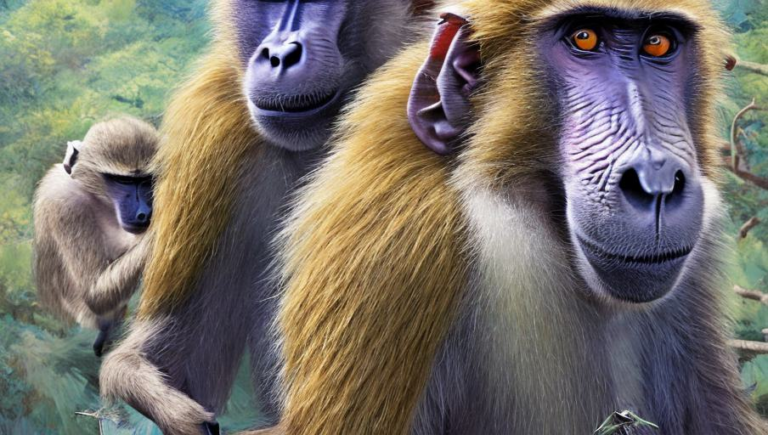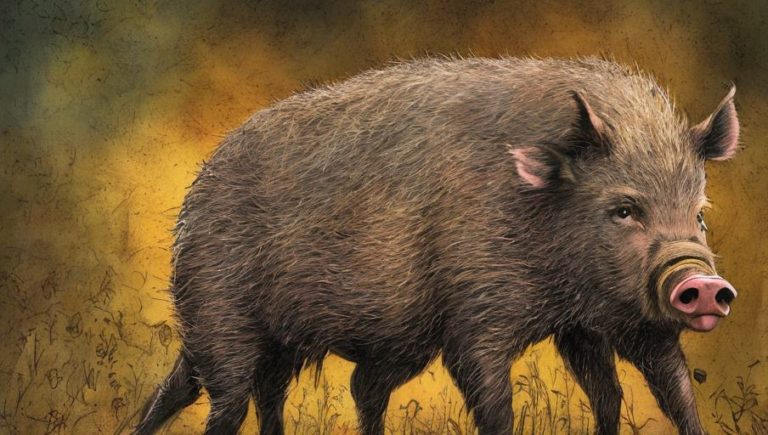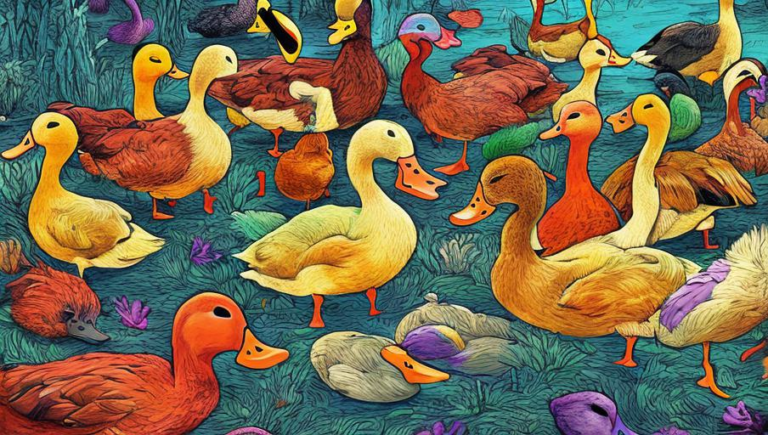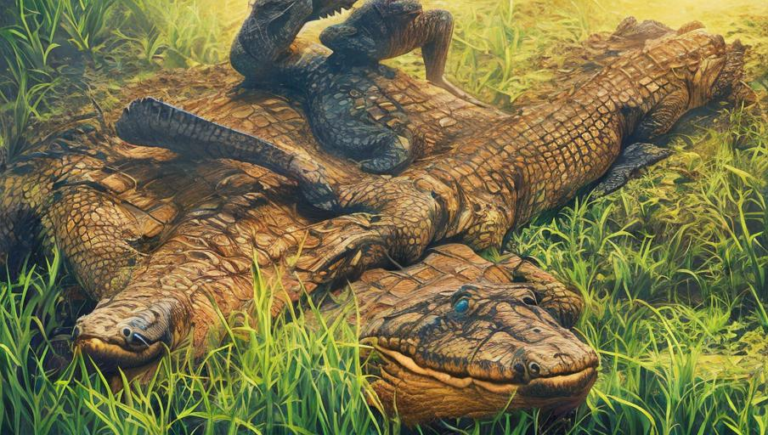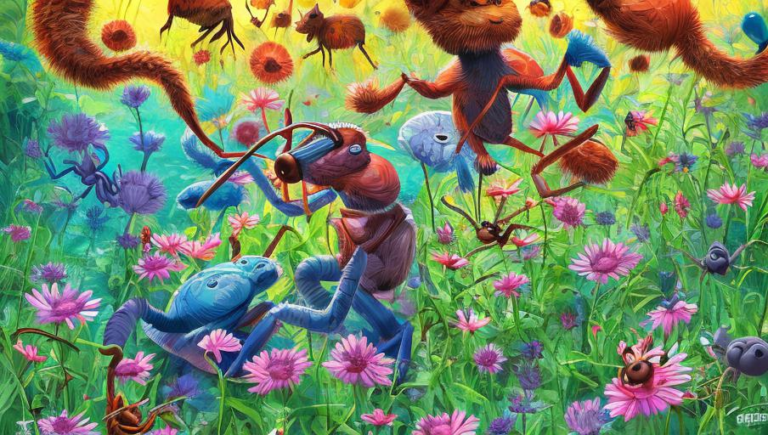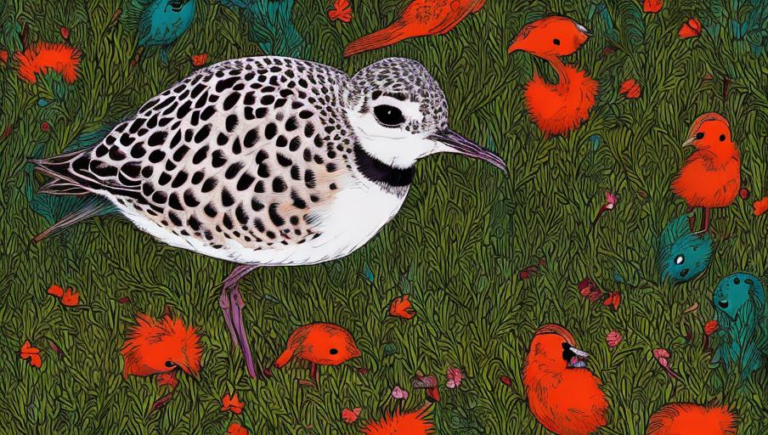Oceans of Opportunity for the Curlew
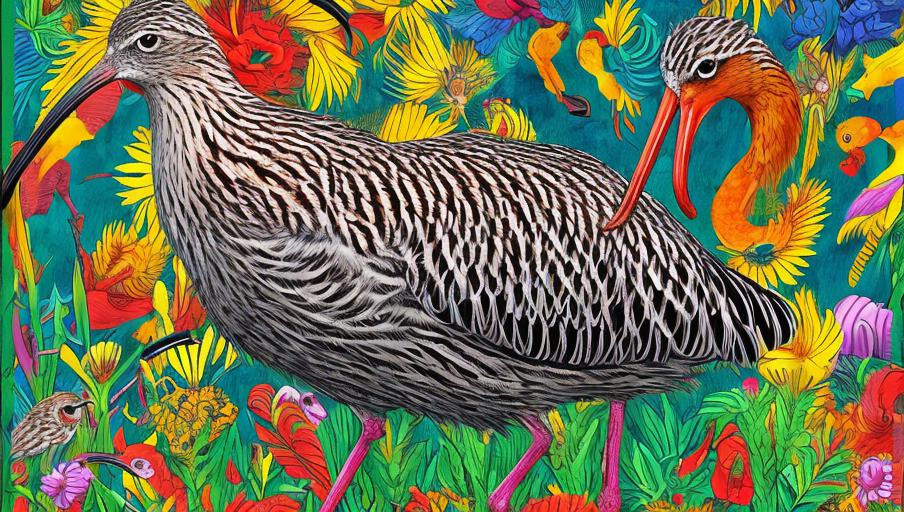
The Incredible Curlew
The curlew is an incredible bird species that is found around the world. There are several different species, but the most commonly found curlew is the Eurasian curlew. It is a large, long-legged bird with a curved bill and a distinctive call. In spring and summer, the curlew can be found in wetlands, meadows, and coastal areas. During winter, it migrates to warmer climates.
Habitat & Diet
The curlew’s habitat consists of wetlands, meadows, and coastal areas. It typically feeds in grassy areas, but can also be found in shallow waters and mudflats. Its diet consists mainly of worms, insects, and small invertebrates.
Threats to the Curlew
Unfortunately, the curlew is facing threats due to human activity and climate change. Habitat destruction, pollution, and hunting are all contributing to the decline in curlew populations. Additionally, the changing climate is causing wetland and meadow habitats to shrink and become less suitable for the curlew to survive.
Protection Efforts
Fortunately, there are a number of organizations and initiatives working to protect the curlew and its habitat. There are organizations that monitor and research curlew populations, as well as ones that work to protect their habitats. Additionally, many governments are creating and enforcing laws that help protect the curlew’s habitat.
Conservation Strategies
The curlew can be protected through a variety of methods. One of the most important is the protection of its habitat. Establishing and enforcing laws that protect wetlands and meadows from excessive development is essential. Additionally, monitoring and research are needed to understand the curlew’s population and behavior. Finally, education is key to increasing public awareness of the curlew and its plight.
Oceans of Opportunity
The curlew is an incredible bird species that is facing a variety of threats. But with the right protection, conservation, and education strategies, we can help ensure the survival of this magnificent species. The curlew’s future is in our hands, and with the right action, we can help create oceans of opportunity for the curlew.
